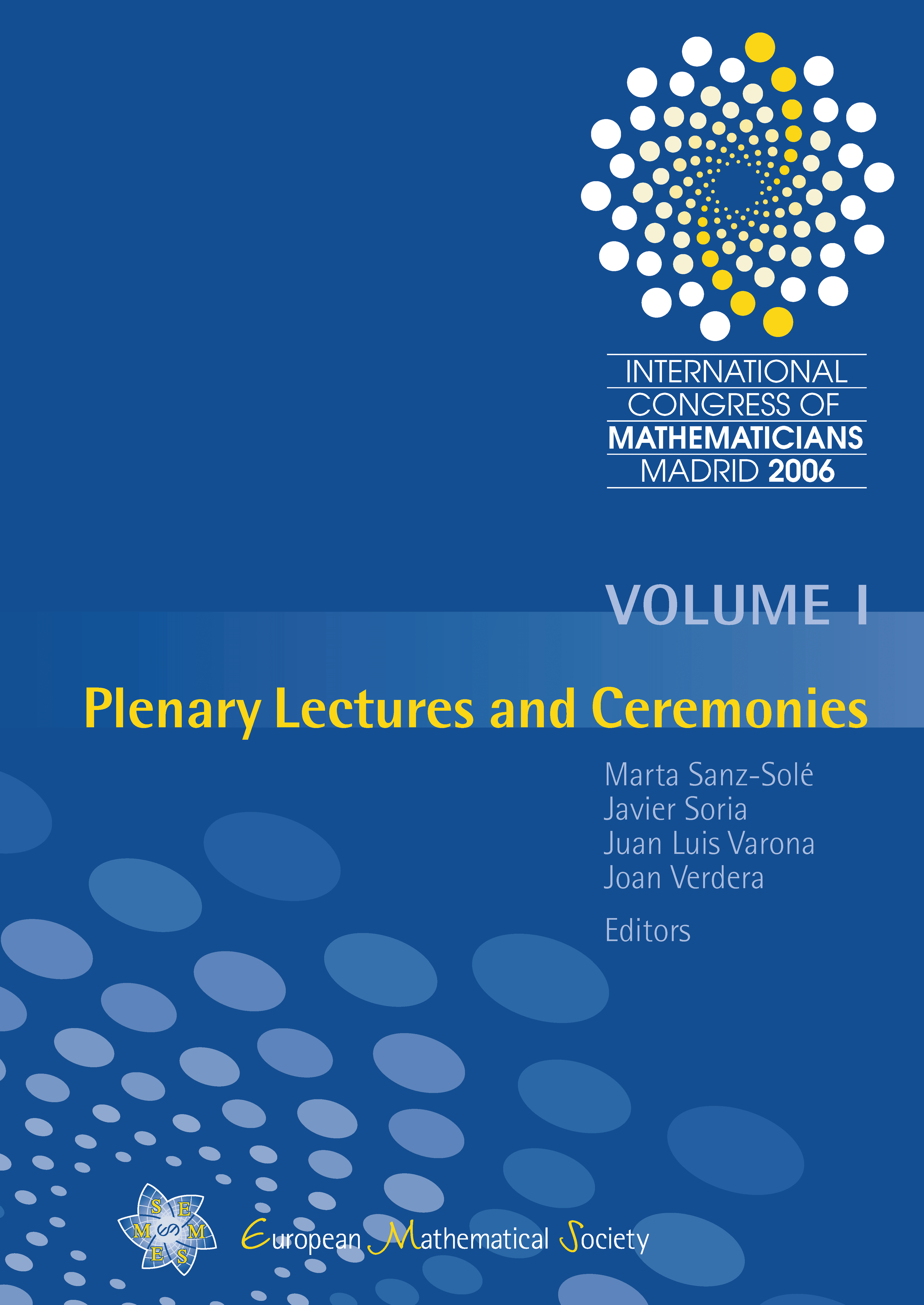The dichotomy between structure and randomness, arithmetic progressions, and the primes
Terence Tao
University of California Los Angeles, USA

A subscription is required to access this book chapter.
Abstract
A famous theorem of Szemerédi asserts that all subsets of the integers with positive upper density will contain arbitrarily long arithmetic progressions. There are many different proofs of this deep theorem, but they are all based on a fundamental dichotomy between structure and randomness, which in turn leads (roughly speaking) to a decomposition of any object into a structured (low-complexity) component and a random (discorrelated) component. Important examples of these types of decompositions include the Furstenberg structure theorem and the Szemerédi regularity lemma. One recent application of this dichotomy is the result of Green and Tao establishing that the prime numbers contain arbitrarily long arithmetic progressions (despite having density zero in the integers). The power of this dichotomy is evidenced by the fact that the Green–Tao theorem requires surprisingly little technology from analytic number theory, relying instead almost exclusively on manifestations of this dichotomy such as Szemerédi’s theorem. In this paper we survey various manifestations of this dichotomy in combinatorics, harmonic analysis, ergodic theory, and number theory. As we hope to emphasize here, the underlying themes in these arguments are remarkably similar even though the contexts are radically different.